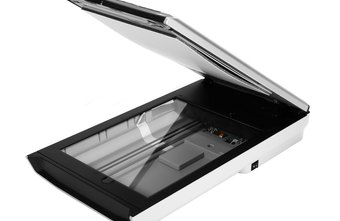Motherboard is the most vital component of a
system. It is a Printed Circuit Board (PCB) where all the components of a
system are connected. The Central Processing Unit (CPU), memory, hard drives
and every other part of a system is connected to the motherboard by means of
socket, slots and connectors.
Types of Motherboards
Integrated
Non –
Integrated
Motherboards
which have all the ports for connecting various devices on board are known
as Integrated Motherboards.
All the latest desktop, server and laptop boards are of the integrated type.
Motherboards which do not support connecting device are known as non integrated
motherboards. Older desktop and server motherboards were of Non Integrated
types.
Motherboards are
classified on the basis where it is used:
Desktop
Motherboards
Server Motherboards
Laptop Motherboards Server Motherboards
Motherboard’s
manufacturers:
Motherboards
are available in various sizes and configurations. Some motherboards support 32
and 64 bit processor as well as operating systems. It is manufactured by many
companies such as Asus, Intel, MSI and Gigabyte.
Chip-set is a group of IC (Integrated
Circuits). Generally a motherboard chip-set controls the features and abilities
of the motherboard. Chip-sets provide interface for the devices such as the CPU,
memory and I/O devices. The chip-set controls the data transfer between every
component of the system. Different chip-set manufacturers are such as the
Nvidia, Intel, AMD, VIA and SIS.
North-bridge: A North-bridge or host bridge is one of
the two chips in the core logic chip-set architecture on a PC motherboard, the
other being the South-bridge. Unlike the South-bridge, North-bridge is
connected directly to the CPU via the front-side bus (FSB) and is thus
responsible for tasks that require the highest performance.
South-bridge: It
is an Intel chip-set that manages the basic forms of input/output ( I/O ) such as
Universal Serial Bus ( USB ), serial , audio, Integrated Drive Electronics (
IDE ), and Industry Standard Architecture ( ISA ) I/O in a computer.
Troubleshooting of
Motherboard:
Problem: If your system crashes repeatedly.
Cause: It is possible due to motherboard
failure. However, actual motherboard failure is very rare. It is possible that
some other problems like a loose connection, power failure overheating may
cause system failure.
Solution: Turn off the system and remove the
power cord from the power supply.
Check connection
the motherboard.
Restore the
BIOS settings to default setting.
Ensure that
the motherboard is not touching the system case.
Precautions: Wear anti-static wristband. Place the remove components
in an anti-static bag.
Checking CMOS battery
Remove the
CMOS battery from the motherboard.
Set the
multimeter in DC voltage mode.
Put the red
probe on +ve side (mentioned on the CMOS battery) and black probe on opposite
side of the CMOS battery.
If the
output voltage is greater than 2.5 volts on multimeter then it is OK otherwise
replace the battery.
Checking Motherboard
Check
motherboard for cracks on account of overheating of equipments.
Physically
observe any scratches or discontinuity in PCB paths.
Check for
burnt ICs or components.
Check the VGA
connector for dry soldering or loose connection or replace the connector.
Check north
and south bridge ICs physically for loose connection or dry soldering.
Check north
and south bridge ICs whether they are getting heated by putting your index
finger on them.
Check the
processor whether it is gradually heating up or not by putting your index
finger on top of the processor.
If the
processor is cool then check the voltage regulator ICs whether short or open or
measuring voltage across the leads using multimeter in diode mode.
Update BIOS
from motherboard driver CD or you can download from the Internet.
Replace BIOS
and check.
Use the
debugging card to know the source of the problem.




0 comments:
Post a Comment